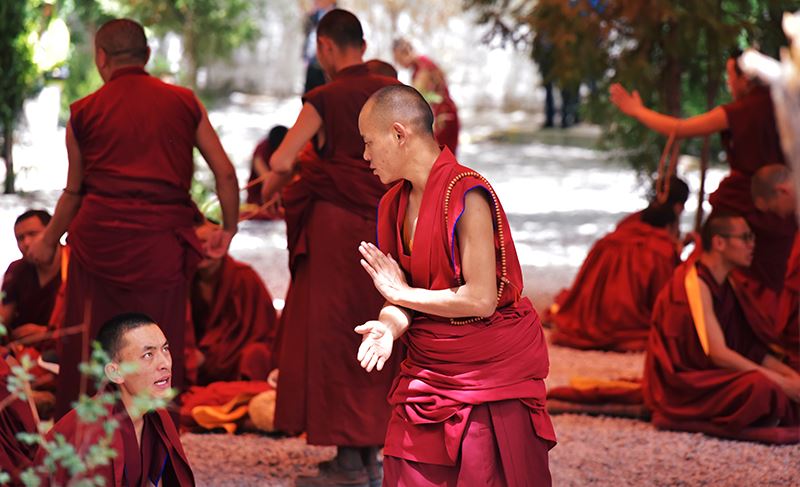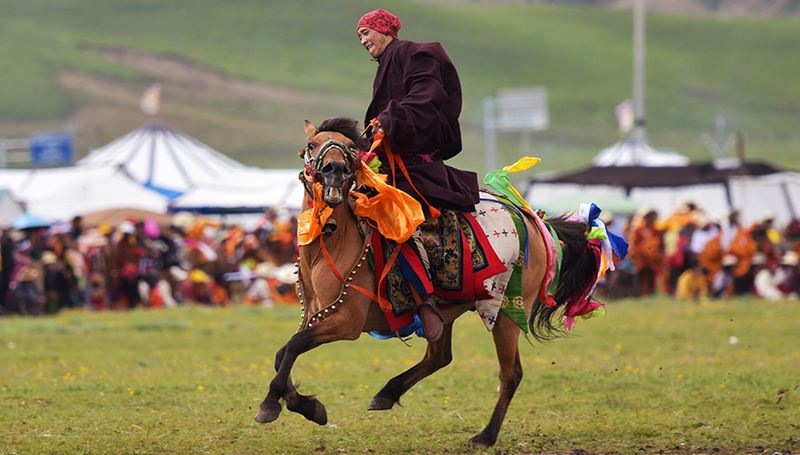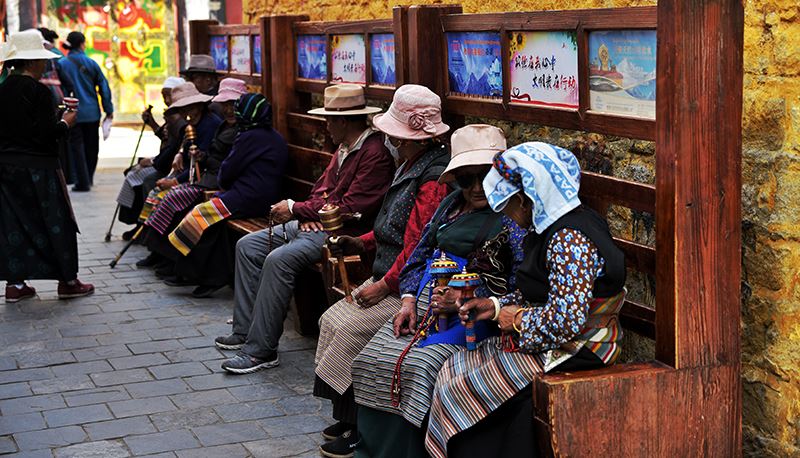INFOS & SERVICIOS
NUESTROS OTROS SITIOS WEB
Arrive in Lhasa
Welcome in Tibet – the roof of the world

Lhasa
Potala Palace – landmark of Lhasa, Jokhang and Barkhor Street

Lhasa
Panoramic view over Potala, Norbulingka, Debate in Sera

Lhasa - Tsurpu - Damxung
Tsurpu Monastery, the main monastery of the Karma Kagyu sect

Horse Racing Festival in Damxung
Beginning of horse racing festival

Horse Racing Festival in Damxung
Horse Racing Festival

Damxung - Nam Tso Lake - Lhasa
Sunrise of Nam Tso and Nyenchentangla. Walking by Nam Tso

Leave Tibet
Travel to next destination

Private travel, great experiences! Please contact us for your tailor-made travel offer.
With individual China Tibet travel, you can decide when, where and how you go on tour by yourself. What's more, you can choose the length of travel and whom you go with.